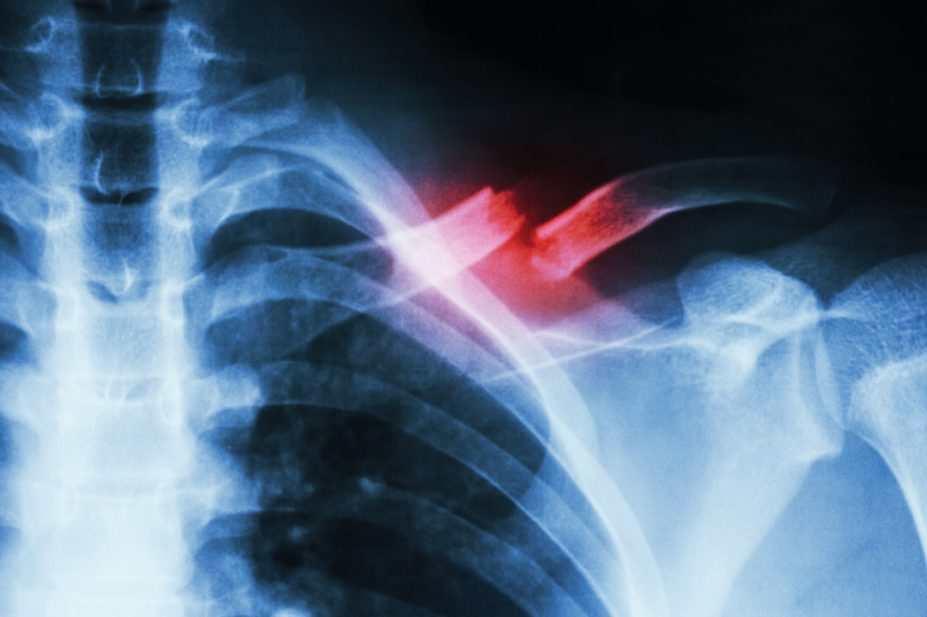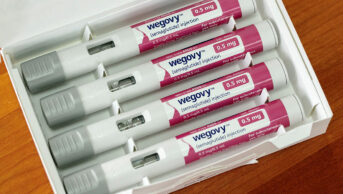
Shutterstock.com
Proton pump inhibitors (PPIs) are linked to an increased risk of bone fractures in adults, but it is not known whether this is also the case in children.
To explore, researchers looked at data from more than 80,000 infants who were prescribed PPIs (n=6,943), H2-receptor antagonists (H2RA) (n=67,096) or both (n=10,777) during the first six months of life. The median age for first antacid was 2.9 months, for PPI it was 3.5 months and for H2RA it was 3.0 months.
After a median follow-up of 5.8 years, children who used PPIs had a 22% increased risk of fracture, and those who used both PPIs and H2RAs had a 31% increased fracture risk. The use of H2RAs was not found to be associated with fracture risk.
Presenting at the 2017 Pediatric Academic Societies meeting on 7 May 2017[1]
, the researchers concluded that PPIs should only be used for serious cases of gastroesophageal reflux disease in infants.
References
[1] Malchodi L, Apryl S, Wagner K et al. Early antacid exposure increases fracture risk in young children. Presented at the Pediatric Academic Societies Meeting; 2017 May 6-9; San Francisco, California. Abstract available at: https://registration.pas-meeting.org/2017/reports/rptPAS17_abstract.asp?abstract_final_id=2305.4


